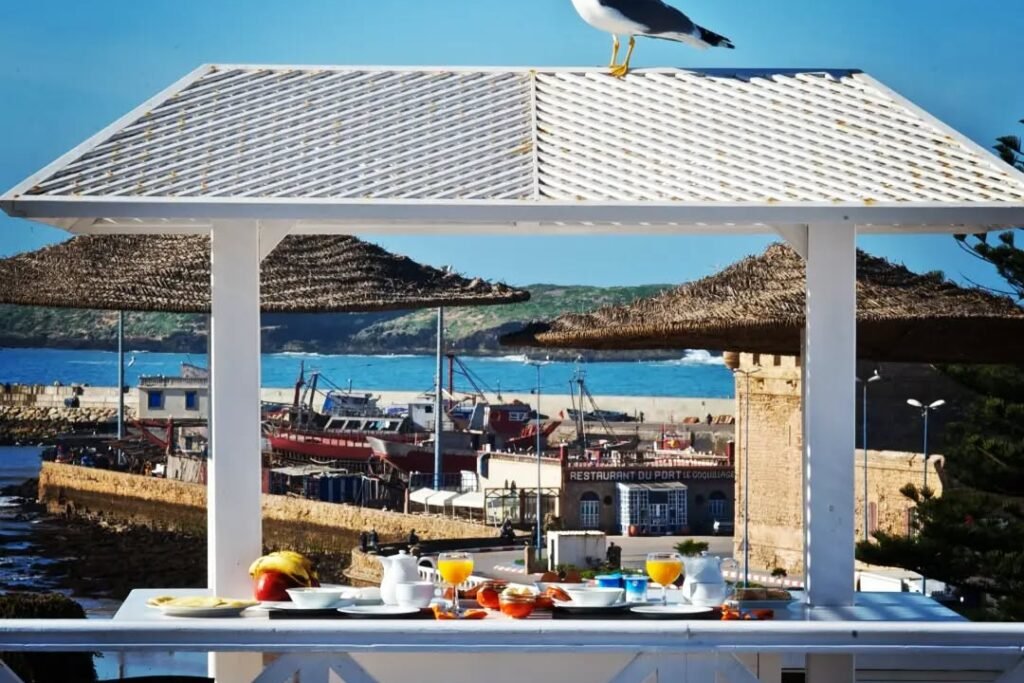Moroccan architecture is a true reflection of the country’s plural and mixed identity! This architectural diversity is manifested through a multitude of styles present in the beautiful nation of Morocco, testifying to the influence of the different civilizations and peoples who have contributed to writing its history. Discover 6 unique Moroccan architecture styles with examples.
Table of Contents
What is Moroccan architecture?
Architecture in Morocco represents the architectural style that has been used throughout its history to the present day. This architecture reflects the country’s geographical diversity and its rich history, influenced by a succession of immigrations and military conquests. This architectural history includes sites dating from the Roman and Amazigh eras, through colonial buildings to modern constructions of the 20th century…
Ancient architecture
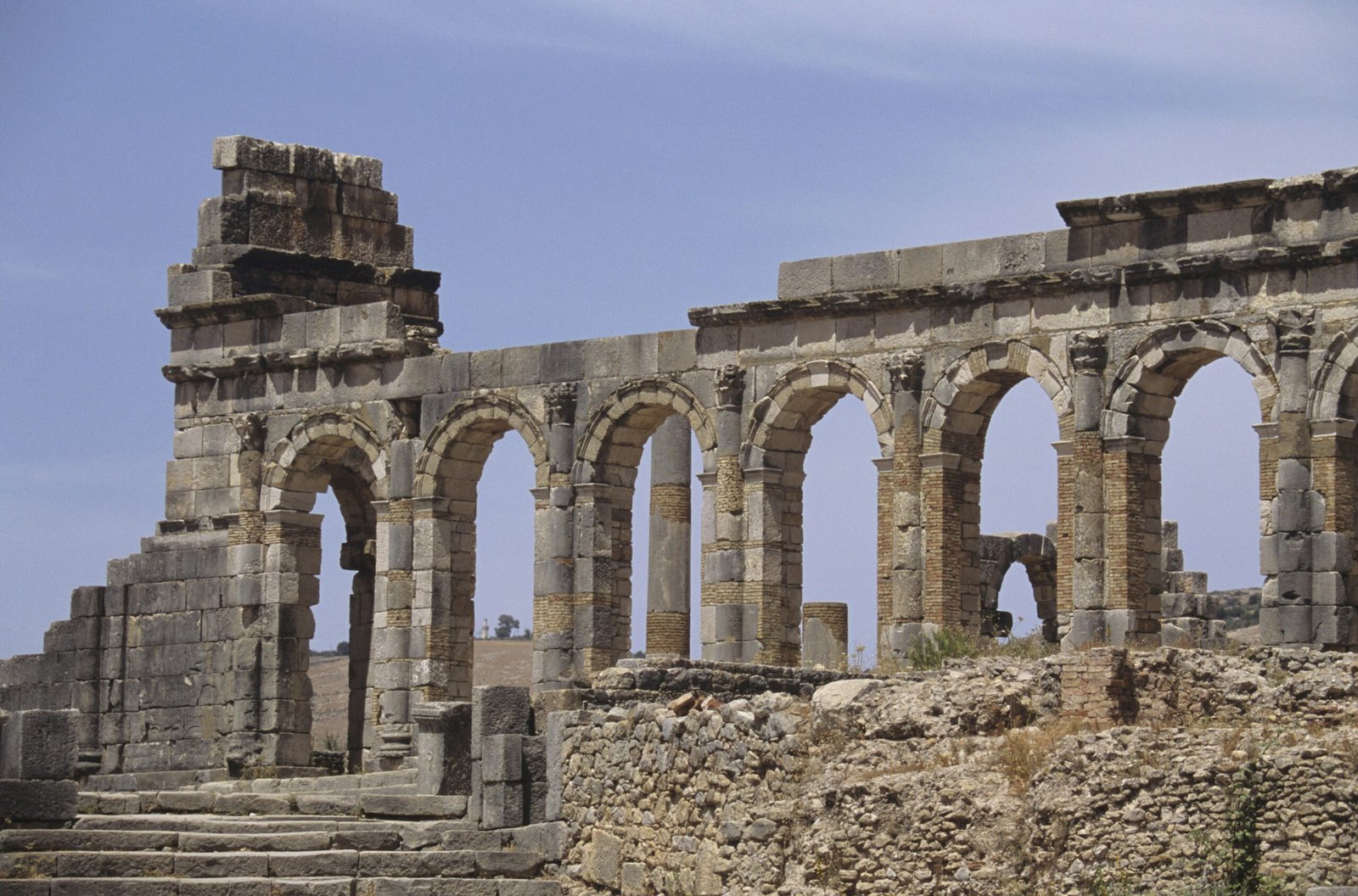
Ancient architecture (or what remains of it) has left its mark on northern Morocco: Volubilis and its Roman city, a UNESCO World Heritage Site since 1997. The ancient capital of Mauritania Tingitana, built on the ancient Berber Walili (Oualili), is built on a site planted with olive trees and bathed in sunshine. In the shadow of the village of Moulay Idriss and the first foothills of the Zerhoun massif, the capitol, thermal baths, forum, triumphal arch, basilica and residences decorated with mosaics bear witness to centuries of Roman occupation.
The site, as grandiose as it is, should not overshadow the other ancient remains visible on Moroccan soil, such as Lixus, Banasa, and the archaeological site of Chellah in Rabat.
Berber style
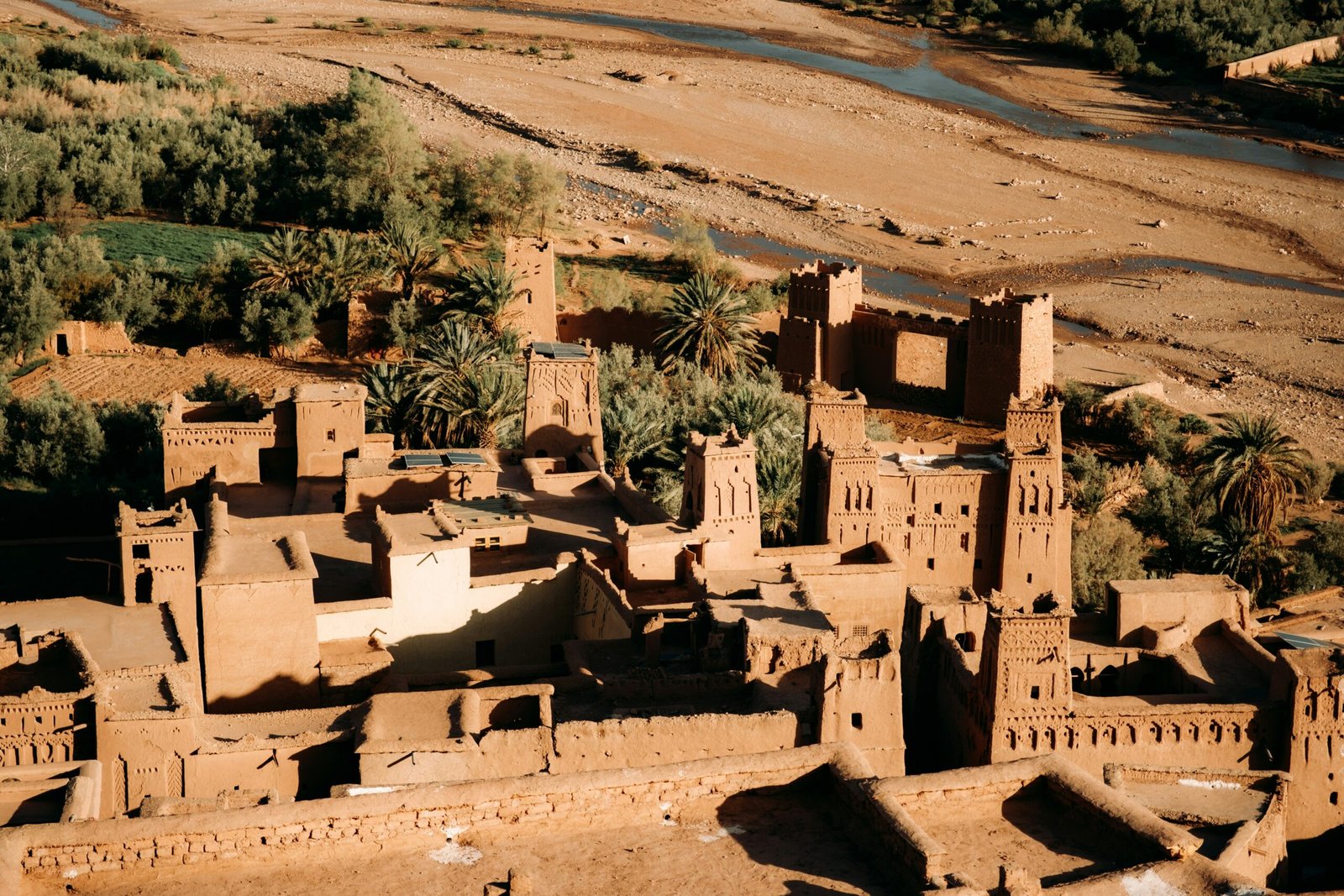
Drawing its roots from time immemorial, Berber architecture has left its mark on the lands of southern Morocco, of which it is the symbol. Ksour (fortified villages), kasbah (fortified houses), and agadir (fortified granaries) decorated with traditional geometric patterns illustrate the magnificence of the Berber style.
Made from raw earth, Berber constructions rely on materials available in the immediate environment. It is this organic material, called rammed earth, that gives Berber architecture all its strength and beauty. Natural and refined, raw earth architecture blends gracefully into the landscapes of the South. Because if it is ecological, rammed earth architecture is also fragile. You can find many guest houses, ecolodges, and other charming residences that are appropriating the virtues of rammed earth housing.
Portuguese influence
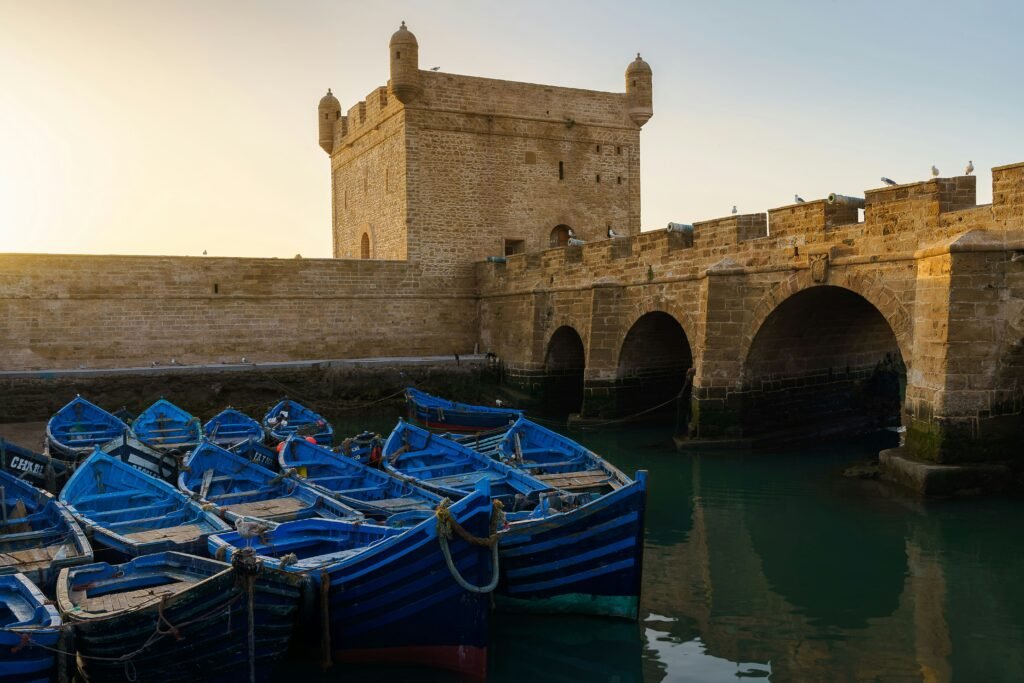
El Jadida, Essaouira, Asilah, Azemmour, or Safi- all these cities have in common their architectural heritage linked to the Portuguese presence on Moroccan soil. Witnesses of 354 years of Portuguese covetousness, the defensive fortifications, erected facing the blue waves of the Atlantic, recall a time when Mazagan (today El Jadida) and Mogador (today Essaouira) housed impregnable military enclaves. The time of the “Algarve beyond” is long over, but these Moroccan cities preserve stunning examples of Portuguese architecture punctuated by long sandy beaches flooded with light.
The Arab-Andalusian tradition
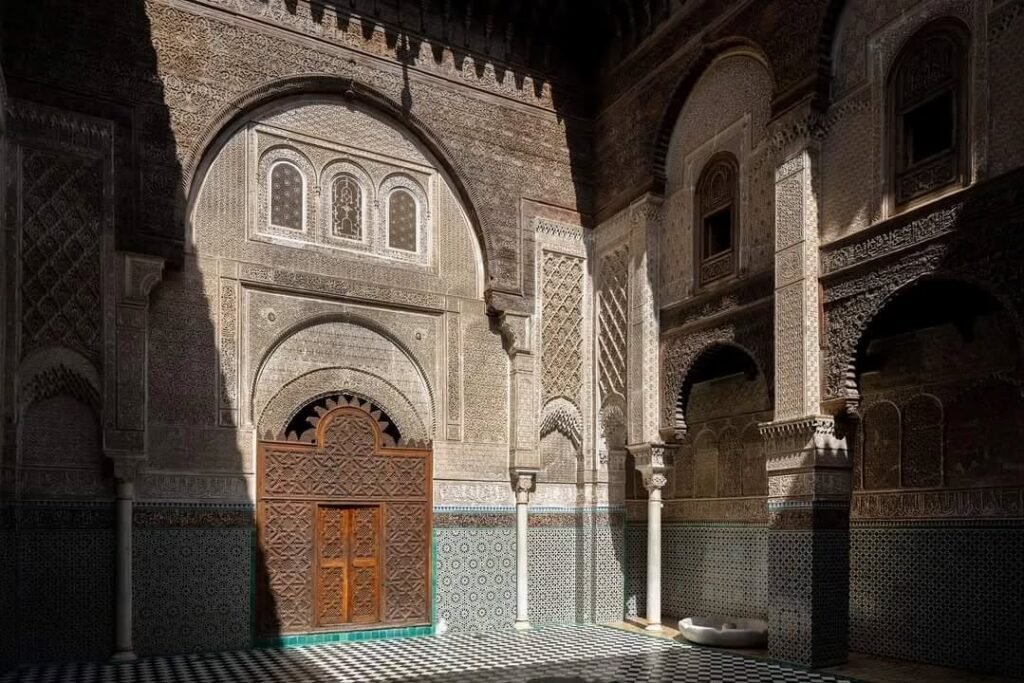
Far from representing Morocco’s architectural diversity, the Arab-Andalusian style is nevertheless the one that immediately comes to mind when we talk about the Cherifian Kingdom. Minarets, mosques, caravanserais, fortifications, monumental doors, and palaces covered with calligraphy and arabesques evoke the richness and refinement of this urban tradition inherited from Al Andalus.
Imported from Cordoba by the Almoravids, the Arab-Andalusian tradition experienced its golden age under the Almohad dynasty, which saw the flourishing of large minarets such as the Koutoubia (Marrakech) and the Hassan Tower (Rabat). The key principles of Almohad architects and artisans are purity and grandeur.
Under the Marinids, austerity gave way to refined ornamentation, inspired by the delicate art of the Nasrids of Granada. The Al Attarine Madrasa (Fez), Bou Inania Madrasa (Fez), and The Madrasa of Abu al-Hasan (Salé) perfectly illustrate the Marinid architectural approach.
Subsequent dynasties saw the rise of Morocco’s greatest builders, such as the Saadian Sultan Ahmed El Mansour and the Alaouite ruler Moulay Ismaïl. While this style continues to inspire architects and artisans today, it can no longer match the creative power of its golden age.
Colonial architecture
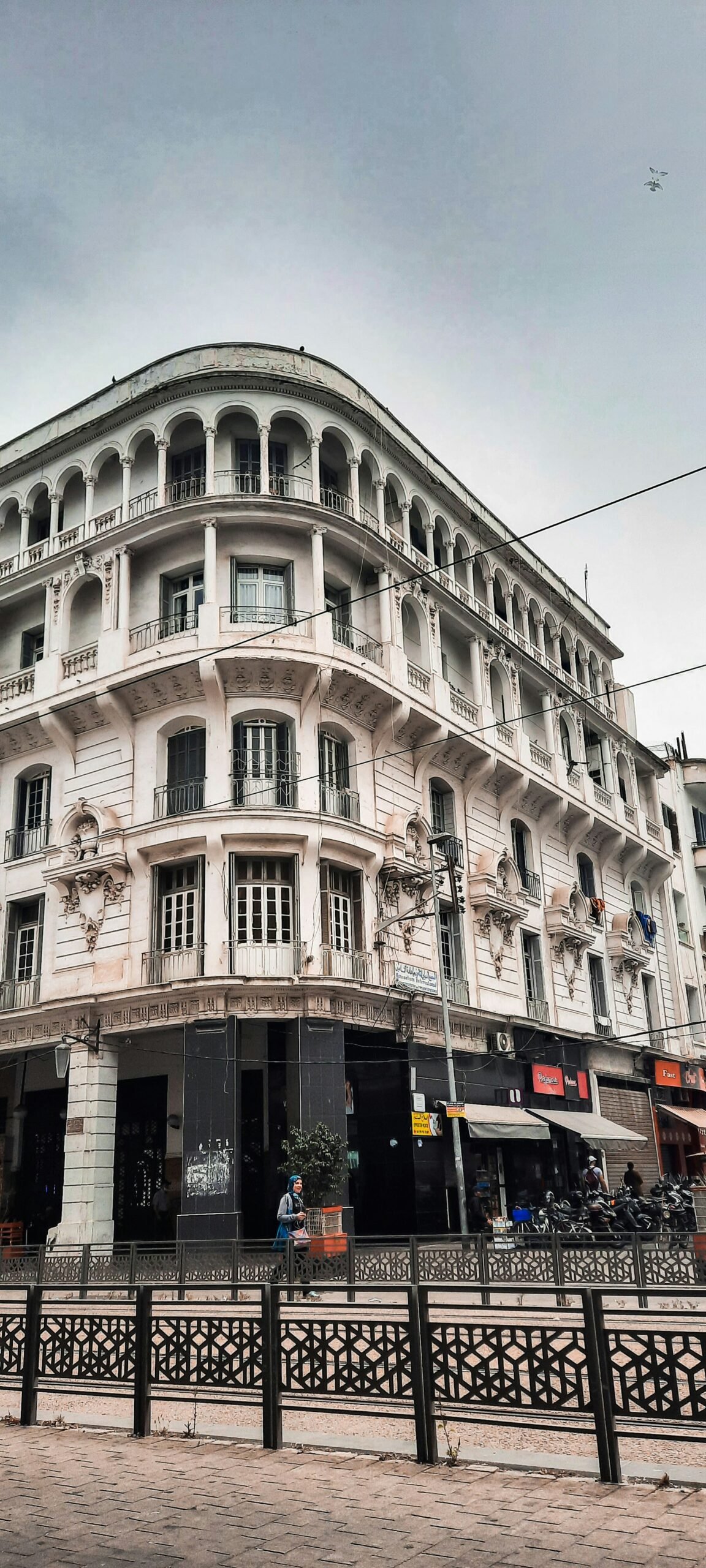
Morocco’s colonial architecture transports travelers back to the early 20th century. During the French Protectorate, cities like Casablanca and Rabat underwent a major urban transformation under Marshal Lyautey, the resident general of the time. Colonial houses, Art Nouveau buildings, Art Deco apartments, and neo-Moorish or Bauhaus-style constructions emerged in the newly established European districts, standing alongside the historic medinas.
Casablanca, known as Deir Beida, became a hub for bold urban and architectural experiments, rivaling the Haussmann-style developments of Paris. A similar architectural evolution took place in northern Moroccan cities, shaped by Spanish colonial influences. Today, however, many of these historic districts, scattered throughout Morocco’s cities, bear a stronger resemblance to the faded charm of Havana than to the vibrant spirit of the Roaring Twenties.
Threatened by government neglect and rampant real estate speculation in major urban centers, Morocco’s colonial heritage has become a focal point for heritage conservation associations striving to preserve its architectural legacy.
Contemporary style
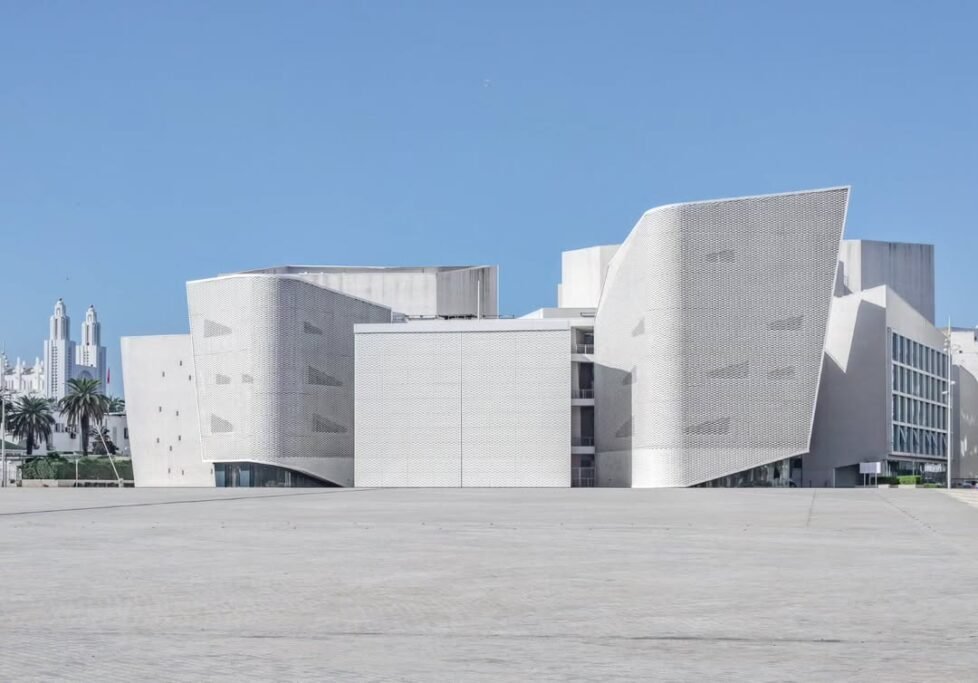
It’s not the style that immediately comes to mind when thinking of Morocco, yet modern architecture is set to reshape the country’s landscape in the coming years. Landmark projects like the Morocco Mall in Casablanca, the National Library in Rabat, and the Maroc Telecom headquarters have already made their mark.
The latest developments? Casablanca Grand Theater, designed by Christian de Portzamparc and Rachid Andaloussi, the Royal Theater Rabat by Zaha Hadid, and Mohammed VI Tower in Sale, Rabat- the tallest tower in Morocco.
Stay tuned—Morocco’s architectural future is just beginning to unfold!

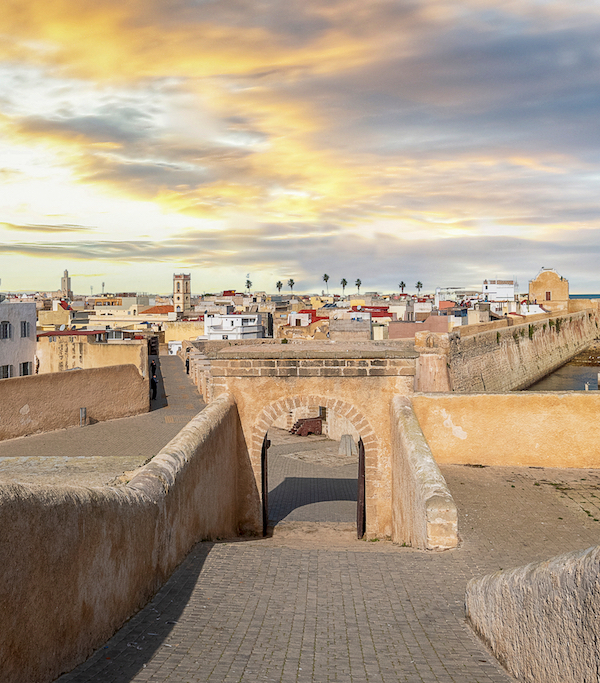
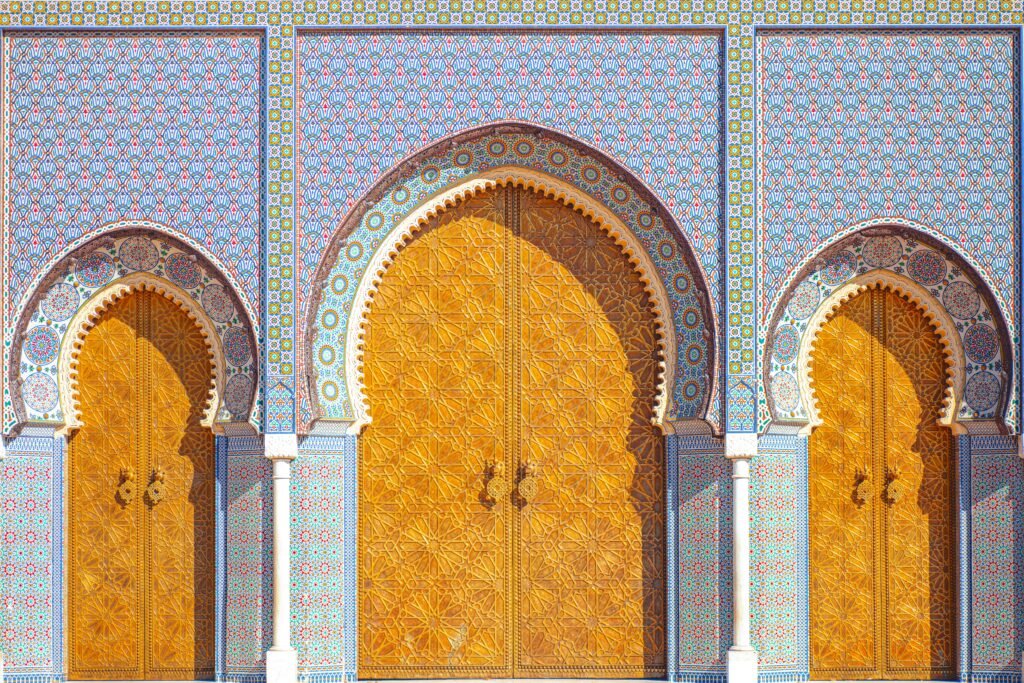
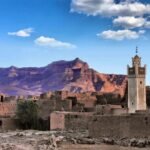
![10 Best Restaurants In Casablanca [2025 Updated] 4 Best Restaurants In Casablanca](https://artandthensome.com/wp-content/uploads/2024/04/432228244_17920501163856696_3158234295457673660_n-150x150.jpg)
